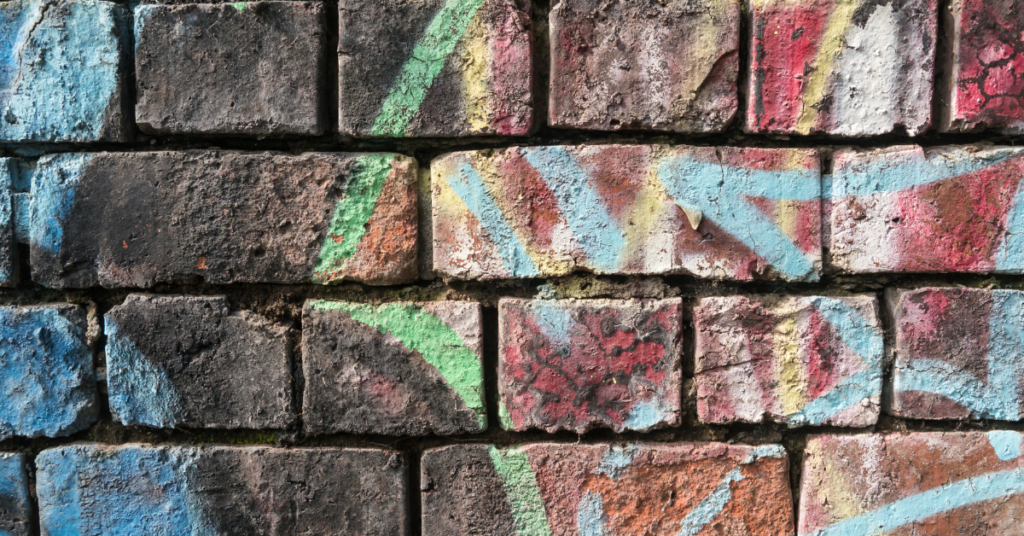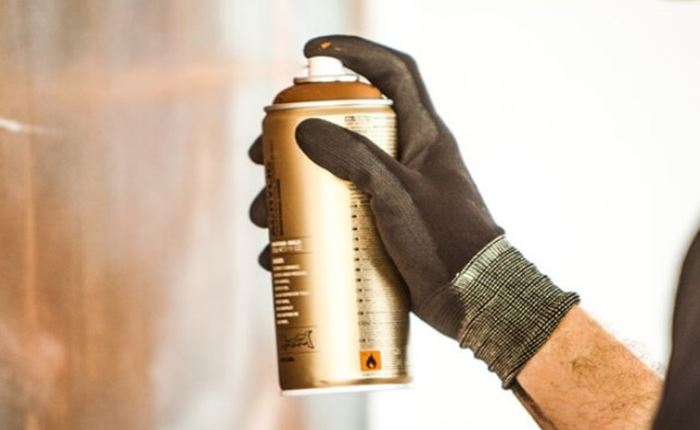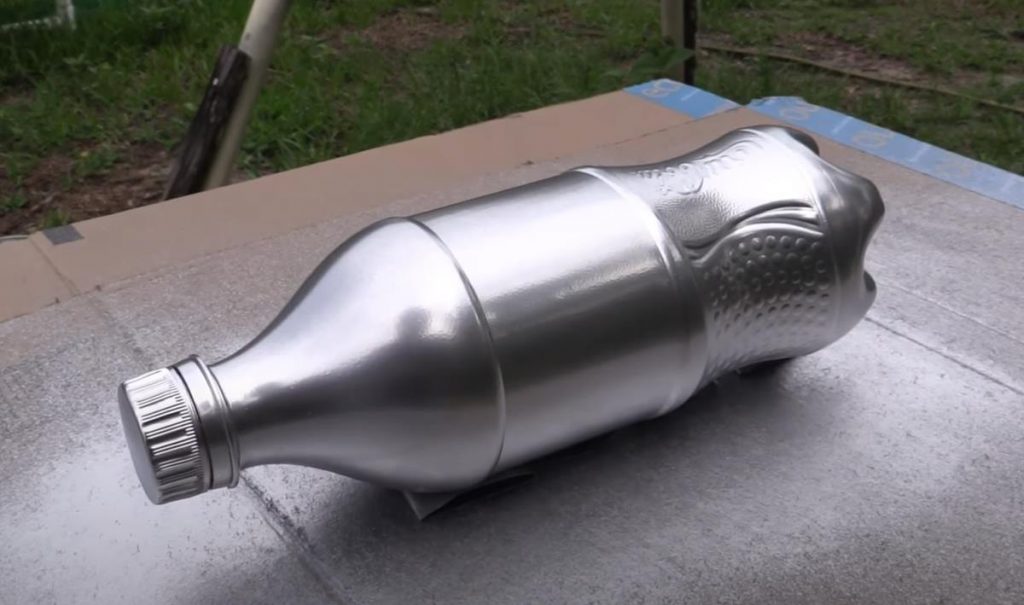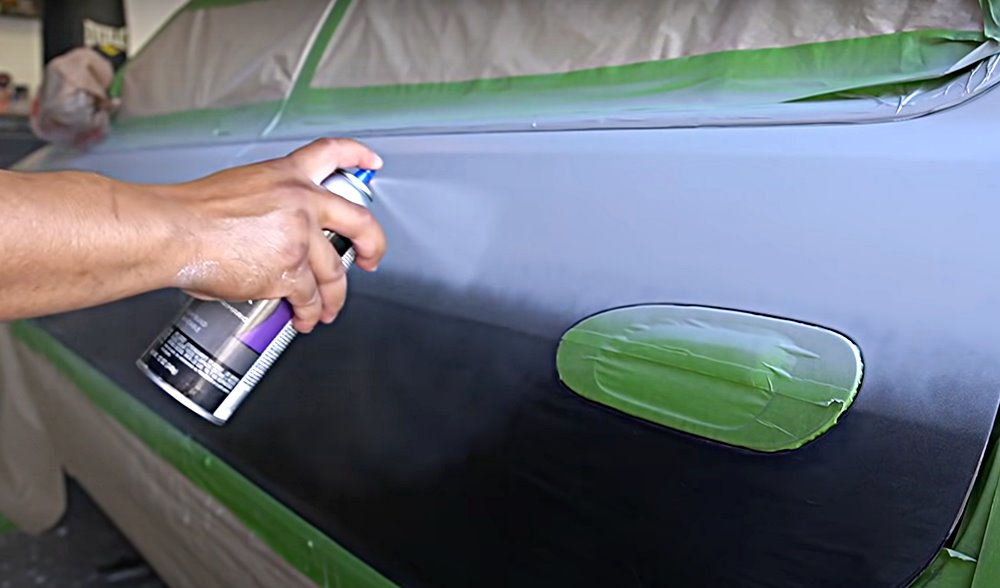Spray paint on a brick wall can be an unsightly and frustrating problem for property owners. Fortunately, there are several effective methods for removing spray paint from brick walls. In this article, we’ll discuss the tools and materials you’ll need, the various methods for removing spray paint from brick, and provide a step-by-step guide for the most effective removal method.

Tools and Materials
Before beginning the removal process, you’ll need to gather the necessary tools and materials. These include:
- Safety goggles and gloves
- Face mask or respirator
- Paint stripper or paint remover
- Pressure washer or garden hose with spray nozzle
- Scrub brush or wire brush
- Bucket
- Tarp or drop cloth
- Plastic wrap
- Baking soda
Methods for Removing Spray Paint from Brick Walls
There are several methods for removing spray paint from brick walls, including chemicals, pressure washing, sandblasting, and abrasive blasting. Each method has its pros and cons, and the most effective method will depend on the specific situation.
Chemicals: Chemical paint strippers can be effective at removing spray paint from brick walls, but they can also be harmful to the environment and pose health risks. Before using a chemical paint stripper, be sure to read the label and follow all safety precautions.
Pressure washing: A pressure washer with a high-pressure nozzle can be effective at removing spray paint from brick walls. However, it can also damage the brick and mortar if not used carefully.
Sandblasting: Sandblasting involves blasting sand or other abrasive materials at the surface of the brick to remove the paint. This method is effective, but it can also damage the brick-and-mortar if not done carefully.
Abrasive blasting: Abrasive blasting uses materials like baking soda or glass beads to remove the paint without damaging the brick or mortar. This method is effective and environmentally friendly.
Step-by-Step Guide to Removing Spray Paint from a Brick Wall
Here’s a step-by-step guide for removing spray paint from a brick wall using the abrasive blasting method:
- Put on safety goggles, gloves, and a face mask or respirator to protect yourself from dust and debris.
- Cover any nearby plants, furniture, or other surfaces with a tarp or drop cloth to protect them from the abrasive blasting.
- Apply a coat of paint stripper or paint remover to the spray-painted area, following the manufacturer’s instructions. Cover the area with plastic wrap and allow the stripper to work for the recommended time.
- Remove the plastic wrap and use a pressure washer or garden hose with a spray nozzle to rinse off the paint stripper.
- Mix baking soda and water in a bucket to create a paste. Apply the paste to the spray-painted area using a scrub brush or wire brush.
- Use a pressure washer with a low-pressure nozzle to blast the baking soda paste off the brick. Be sure to hold the pressure washer at least 6 inches away from the surface of the brick to avoid damaging it.
- Repeat steps 5 and 6 until all the spray paint is removed.
- Rinse the area thoroughly with water to remove any remaining baking soda paste.
- Allow the area to dry completely before repainting or applying a sealant.
Tips for Preventing Spray Paint on Brick Walls
Preventing spray paint on brick walls can be challenging, but there are several steps you can take to reduce the risk. These include:
- Installing security cameras to deter vandals
- Keeping the area well-lit to make it less attractive for graffiti
- Planting prickly bushes or installing thorny fences around the property makes it more difficult to access the walls.
FAQs & answers for the above topic
Here are 5 FAQs and answers related to removing spray paint from brick walls:
Is it possible to remove spray paint from a brick wall without causing any damage?
Yes, it’s possible to remove spray paint from a brick wall without causing damage, but it requires careful attention to the process. The abrasive blasting method using materials like baking soda or glass beads is effective and safe for removing paint without harming the brick or mortar.
Can I use a pressure washer to remove spray paint from a brick wall?
Yes, a pressure washer can be used to remove spray paint from a brick wall, but you need to be careful not to damage the brick or mortar. Use a low-pressure nozzle and hold it at least 6 inches away from the surface of the brick to avoid causing any harm.
Do I need to wear protective gear when removing spray paint from a brick wall?
Yes, it’s recommended to wear protective gear when removing spray paint from a brick wall to protect yourself from dust and debris. Wear safety goggles, gloves, and a face mask or respirator to avoid inhaling harmful particles.
How long does it take to remove spray paint from a brick wall?
The time it takes to remove spray paint from a brick wall depends on the size and severity of the affected area, as well as the method used for removal. However, the abrasive blasting method is generally quicker than other methods and can take around 1-2 hours to complete.
Can I prevent spray paint on my brick wall in the future?
Yes, there are several preventative measures you can take to minimize the risk of spray paint on your brick wall. Installing security cameras, keeping the area well-lit, and planting prickly bushes or installing thorny fences around the property are effective ways to deter vandals and reduce the likelihood of spray paint.
Conclusion
Removing spray paint from a brick wall can be a time-consuming process, but it’s important to take care to avoid damaging the brick or mortar. By following the steps outlined above, you can effectively remove spray paint from your brick wall without causing any harm. Additionally, taking steps to prevent spray paint in the future can save you time and money in the long run. With these tips and tricks, you can keep your brick walls looking clean and pristine for years to come.


